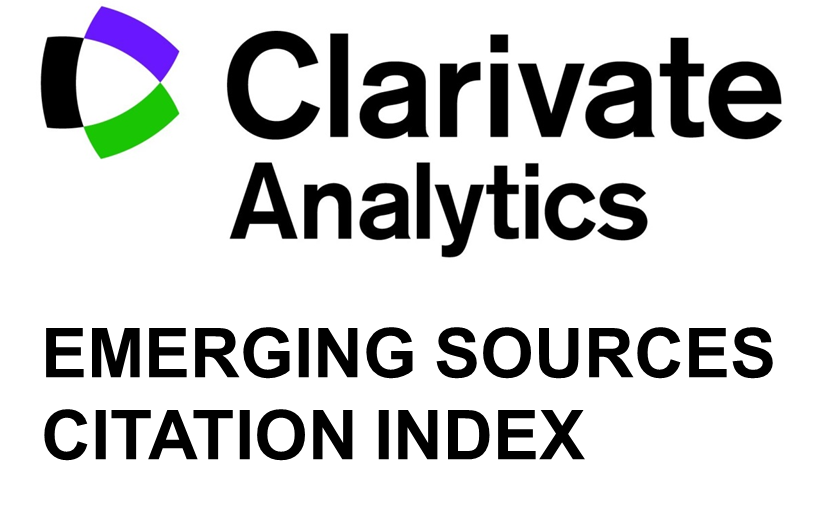Data-Driven Hyperparameter Optimized Extreme Gradient Boosting Machine Learning Model for Solar Radiation Forecasting
Kumari Namrata, Mantosh Kumar, Nishant Kumar
DOI: 10.15598/aeee.v20i4.4650
Abstract
The uncertainty of the non-conventional sources especially solar energy caused due to spatio-temporal factors like temperature, pressure, relative humidity etc. is continuously disrupting the productivity and reliability of an integrated power system which motivates the researcher or energy industry for strategic forecasting solutions to enhance the proper scheduling and control of solar generation power plants. Several studies have been carried out; but still the objective of achieving accurate forecasting dependent on the spatio-temporal features is not achieved. To address this critical forecasting issue in this research article a hyper parametric tuning of the Extreme Gradient Boosting (XGB) machine learning model has been carried out using two met heuristic algorithms: Moth Flame Optimization (MFO) and Grey Wolf Optimization (GWO). The dataset comprises five years of metrological attributes collected from the National Renewable Energy Laboratory (NREL) for analysis. The validation of the proposed model has been done based on the five statistical errors: Max Error (ME), Mean Absolute Error (MAE), Coefficient of Determination (R^2), Mean Square Error (MSE) and Root Mean Square Error (RMSE). The regressive assessment of all three models has confirmed that the XGB-MFO model outperformed the others as showing the highest R^2 score of 0.9337, 0.9011, 0.8744 and lowest RMSE values of 76.29 Wcm^{-2}, 41.90 Wm^{-2} and 95.94Wm^{-2} for Global Horizontal Irradiance (GHI), Diffuse Horizontal Irradiance (DHI) and Direct Normal Irradiance (DNI) respectively which ensures the proposed model implementation for the prediction and production of solar power.






















